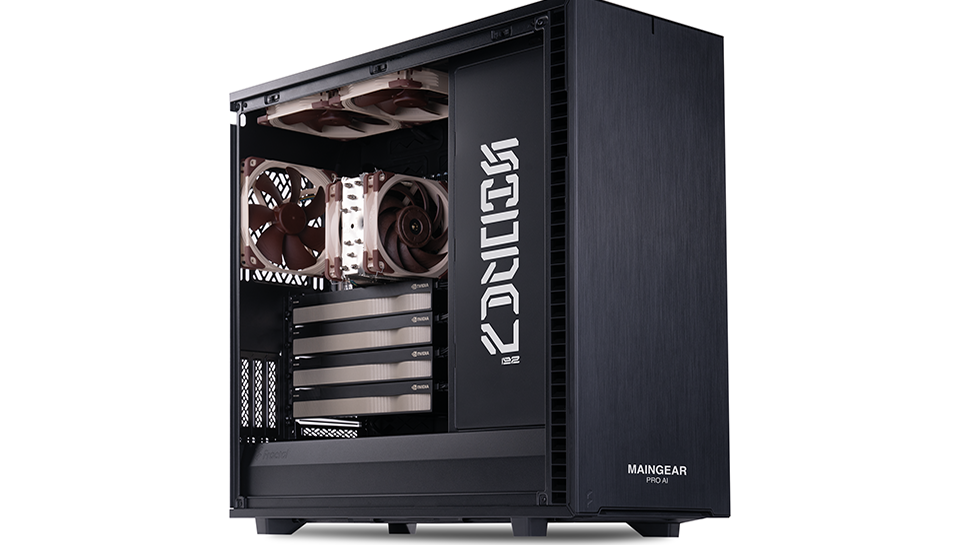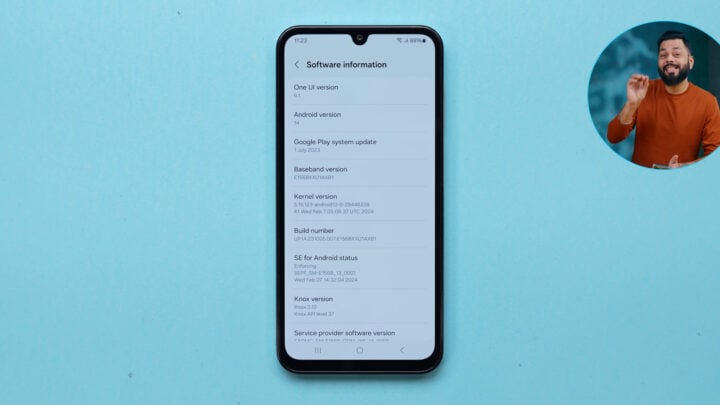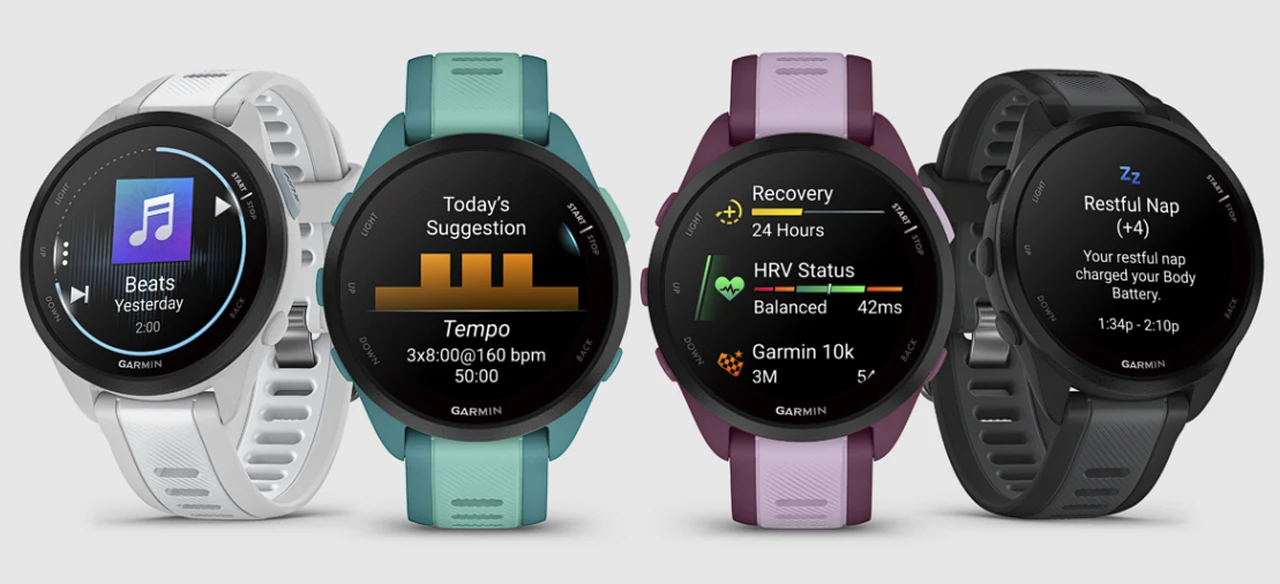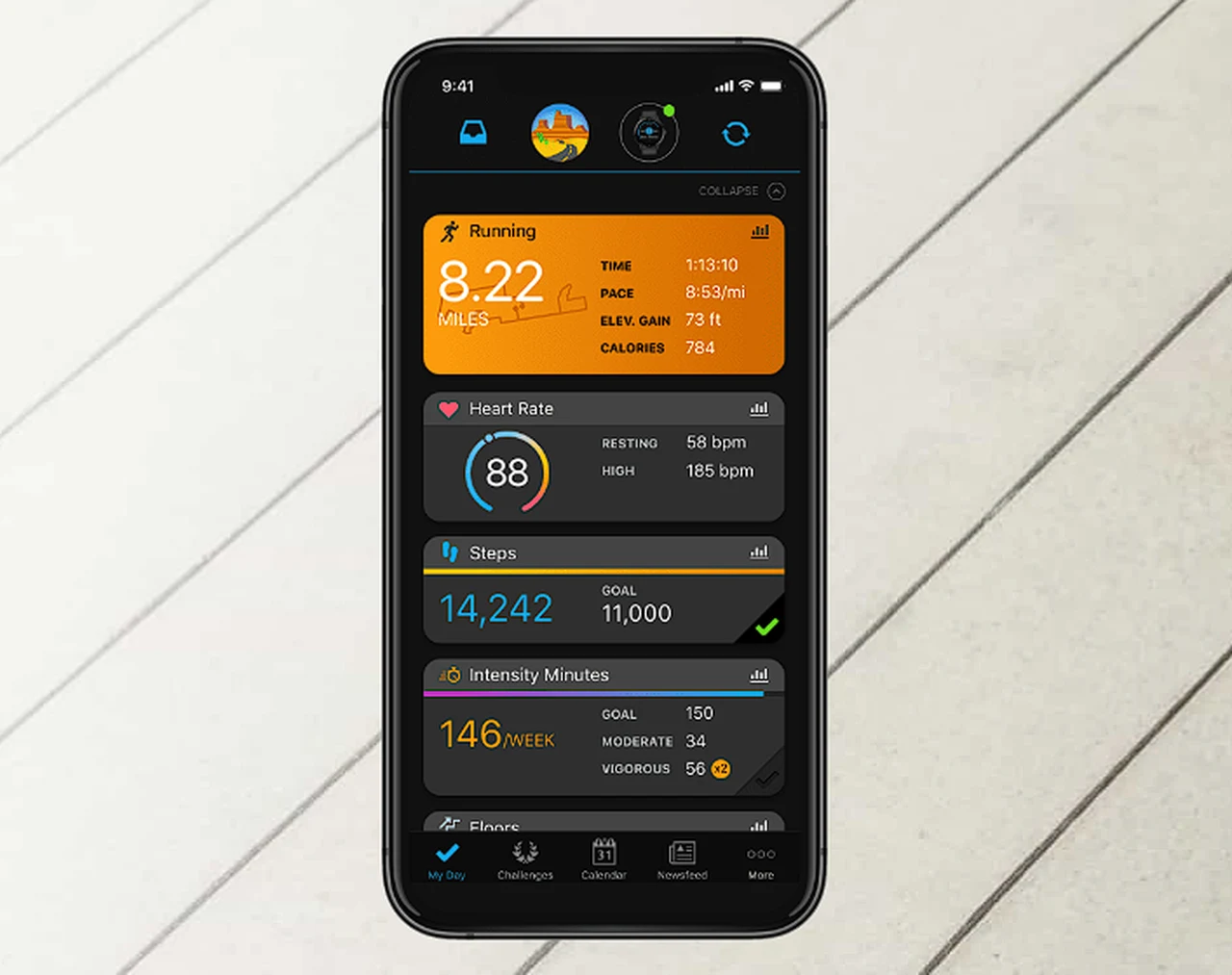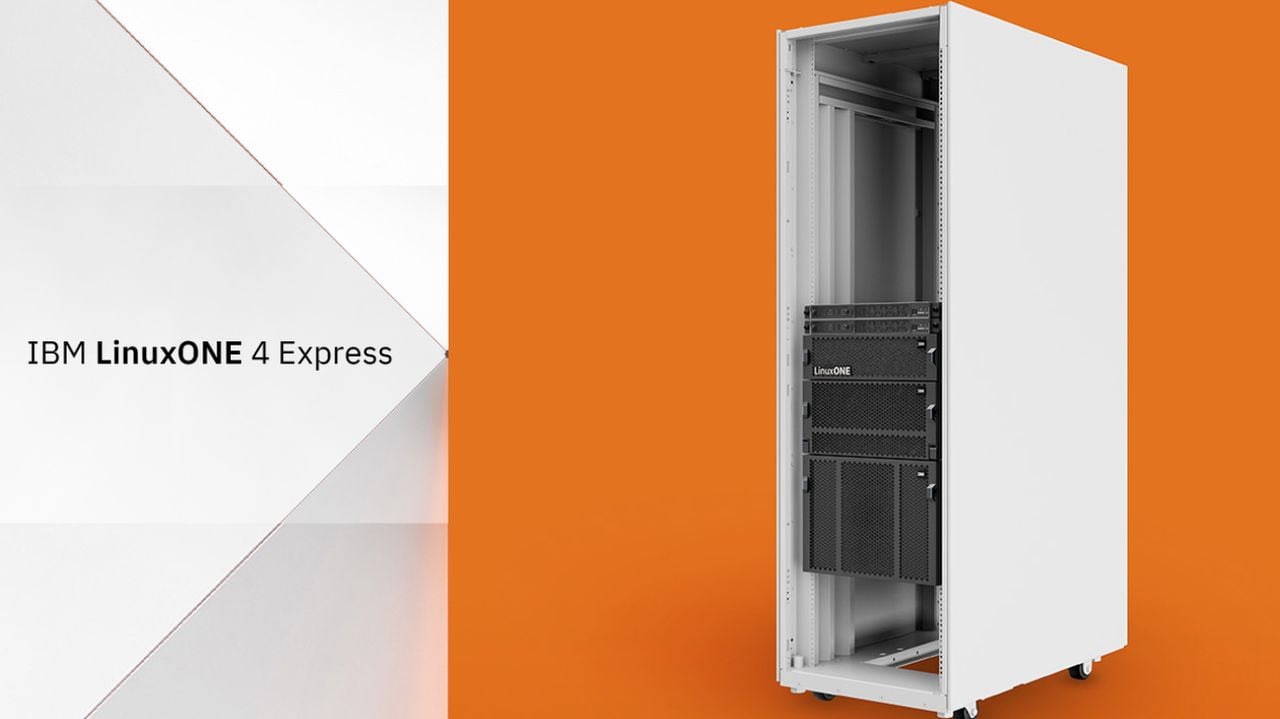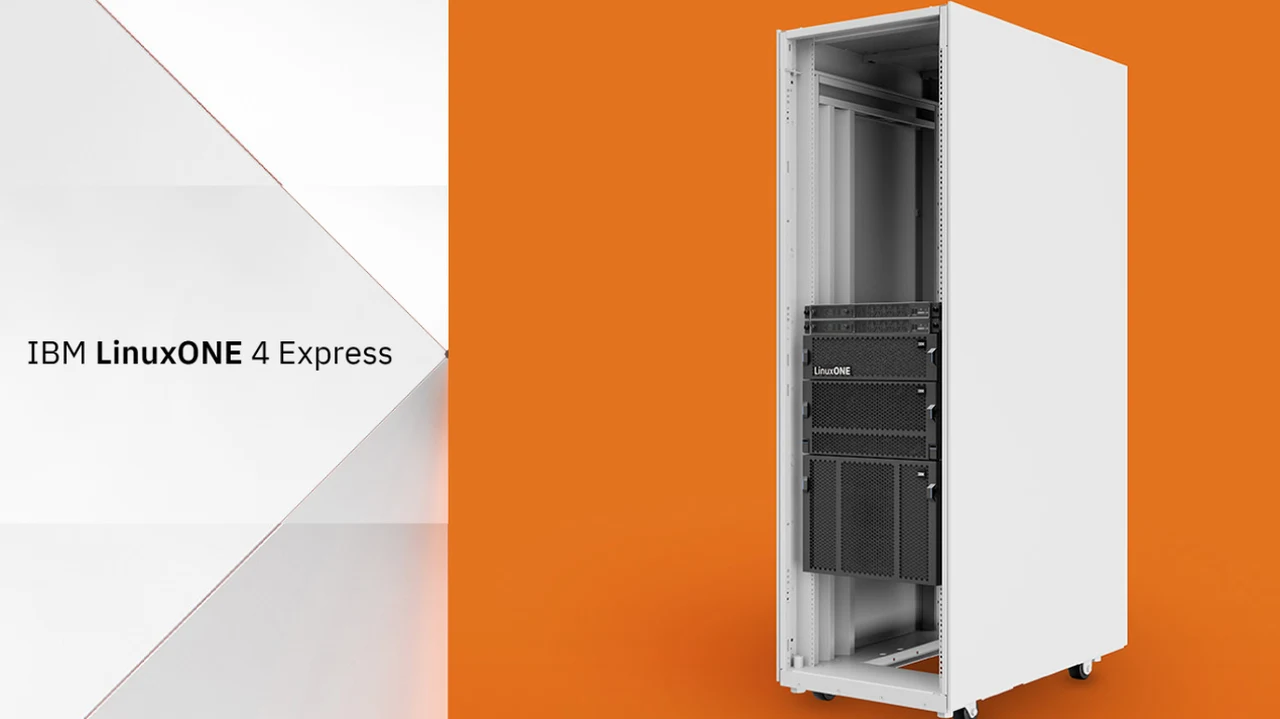[ad_1]
ZTE subsidiary Nubia (aka the name behind some of the best gaming phones) debuted its budget-friendly foldable, the Nubia Flip 5G, at MWC 2024, and now we’ve got a better idea of where (and when) the upcoming phone will launch.
Nubia itself has confirmed that the Flip 5G – which is known in selected regions as the ZTE Libero Flip – will officially launch in Europe on April 9 as part of a global reveal event. Set to kick off at 7am ET / 4am PT / 12pm BST, this event will presumably play host to a pricing and release date announcement, since we’ve already handled the Flip 5G in-person.
At MWC 2024, Nubia teased that the Flip 5G will be available in Africa, Europe, Latin America, the Middle East and Southeast Asia for the local equivalent of $599, though pricing could vary with different specs in different markets. There’s a good chance that the phone will ship in the US, too, albeit at a later date (and potentially through third-party retailers rather than Nubia itself). An Australian release seems unlikely, though.
The Flip 5G now has a dedicated page on Nubia’s website, and UK shoppers can currently get £20 off by signing up to the company’s mailing list (you’ll also be entered into a free Nubia Flip 5G giveaway for your troubles).
As for what we already know about the device, the Nubia Flip 5G sports a 6.9-inch folding AMOLED display (1188 x 2790) with a 120Hz refresh rate, as well as a versatile external display that can function as a camera, a calendar, a stopwatch, and more.
Under the hood, the Nubia Flip 5G is powered by Qualcomm’s mid-range Snapdragon 7 Gen 1 chipset, and a 4,310mAh battery with 33W fast charging. For comparison, the Samsung Galaxy Z Flip 5 boasts an objectively faster Snapdragon 8 Gen 2 chipset, but that phone will set you back an almighty $999.99 / £1,049 / AU$1,649 (its 3,700mAh battery is significantly smaller, too).
On the cameras front, Nubia’s upcoming foldable is equipped with a 50MP wide lens, a 50MP telephoto lens and a 16MP selfie camera. Again, for comparison, the Galaxy Z Flip 5 sports a numerically lesser 12MP wide lens, 12MP ultra-wide lens and 10MP selfie camera, though the superior processing power of Samsung’s latest flip-style foldable could see it outperform the Nubia for image quality.
That said, the Nubia Flip 5G boasts an impressive suite of specs for its as-yet-announced $599 price tag; it’s all-but-certain to be half the price of the Galaxy Z Flip 5, but it’s much more than half the phone. As for whether the Nubia Flip 5G will earn a spot on our list of the best foldable phones, the jury is out, but it could well end up being the best cheap phone of its kind. Roll on April 9!
You might also like…
[ad_2]
Source Article Link












